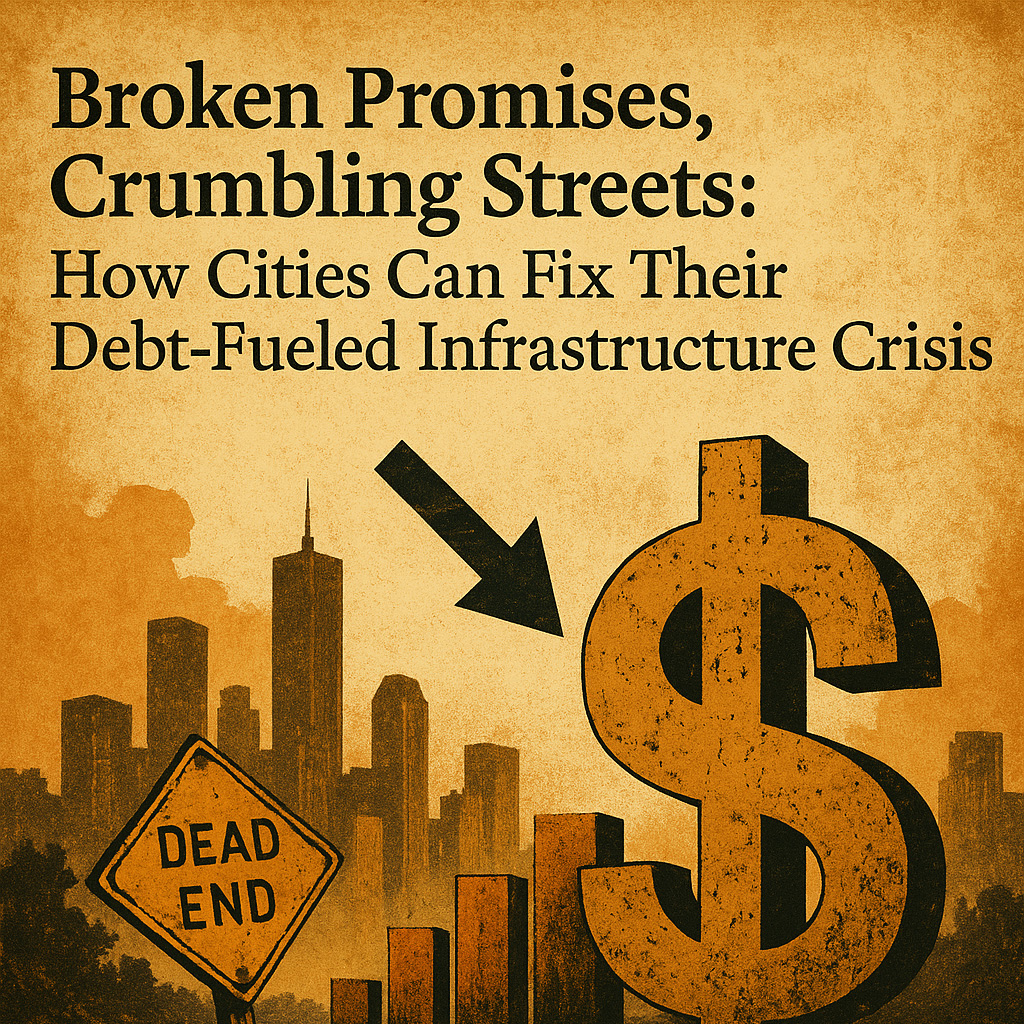How Impact Fees Can Benefit Both Businesses and Communities
Many local governments depend upon impact fees as a means of funding infrastructure projects and expanding services that support their communities. These fees are a form of monetary exaction assessed on new developments, such as commercial or residential projects, and are intended to offset the costs of increased demands on public services, such as roads, water, and wastewater systems resulting from economic and population growth.
Understanding Impact Fees
The State of Texas first implemented legislation authorizing local governments to assess impact fees on new development in 1987. According to research from the Texas Demographic Center the state’s population growth rate of 15.9% is twice that of the nation average, with almost 4 million in added population from 2010-2020. These population gains place a significant burden on municipalities to provide adequate services and capital improvement programs. Local governments rely on impact fees as a means of funding infrastructure projects and basic services that support thriving communities. Impact fees are an important source of revenue for local governments, but should be structured in a manner that is not overly burdensome on businesses.
The Role of Economic Development in Impact Fee Ordinance Development
Economic development is a critical factor in impact fee determination. Local governments often employ impact fees to encourage job creation and attract new businesses through targeted investment in infrastructure that facilitates access to previously unimproved land, increase the tax base, and improve the overall quality of life for the community. While low impact fees may attract new businesses, they may also result in a strain on public services and infrastructure traditionally supported predominantly by property tax revenues. Impact fees should be set at a level that sustains development while ensuring the necessary public services are provided.
The Importance of Fairness in Impact Fees
Fairness in impact fee allocation is critical to ensuring new development does not place an undue burden on existing residents and businesses. When impact fees are not allocated fairly, businesses may choose to locate in areas where fees are lower, reducing the competitiveness of the community.
Impact fees should also take into account economic and social equity, not disproportionately impacting low-income communities. Counties and municipalities can achieve this by offering fee waivers or discounts to affordable housing developers, by using impact fee revenue to fund affordable housing. Additionally, local governments in the State of Texas may establish Tax Increment Reinvestment Zones (TIRZ) by city ordinance or county order by earmarking revenues for qualified economic development projects or public improvements. TIRZ are a Tax Increment Finance (TIF) tool that facilitates up-front commitment to public improvements within areas that are less attractive for investment or may otherwise hinder municipal growth.
Best Practices for Determining Impact Fees
Determining impact fees in a manner that is fair to business while stimulating economic growth and new construction is a complex process that requires a balancing of the needs of the community with those of businesses. Local governments can achieve this equilibrium by involving stakeholders in the process, conducting cost-benefit analyses, using data-driven approaches, and regularly updating impact fees in accordance with Chapter 395 of the Texas Local Government Code. Ultimately, the goal is to encourage economic development while ensuring necessary public services are provided in a fair and equitable manner. By doing so, local governments can promote economic growth, create jobs, and improve the quality of life for everyone in their communities.
Conclusion
Impact fees are an important tool for counties and municipalities to fund the necessary public services and infrastructure associated with new development. Critics will rightly point out that arbitrarily shifting the costs of infrastructure to developers through monetary exactions may discourage growth. It is with this in mind that determination of impact fees, combined with non-monetary exactions, and the application of TIRZ/TIF are best effected with stakeholder input after due consideration of cost-benefit analysis. Fee scheduling must be transparent and complemented by other financial tools in a manner that is fair to businesses, stimulates economic growth, and reduces burdens upon the taxpayer.
At Front Line Advisory Group, we are providing change management services to help municipalities collect and analyze data, improve stakeholder communication, leverage technology, develop training plans, and more. We believe these are the most effective and affordable ways for municipalities to scale their capabilities. Contact us for more info at info@frontlineadvisorygroup.com.
Written by Roy Draa













